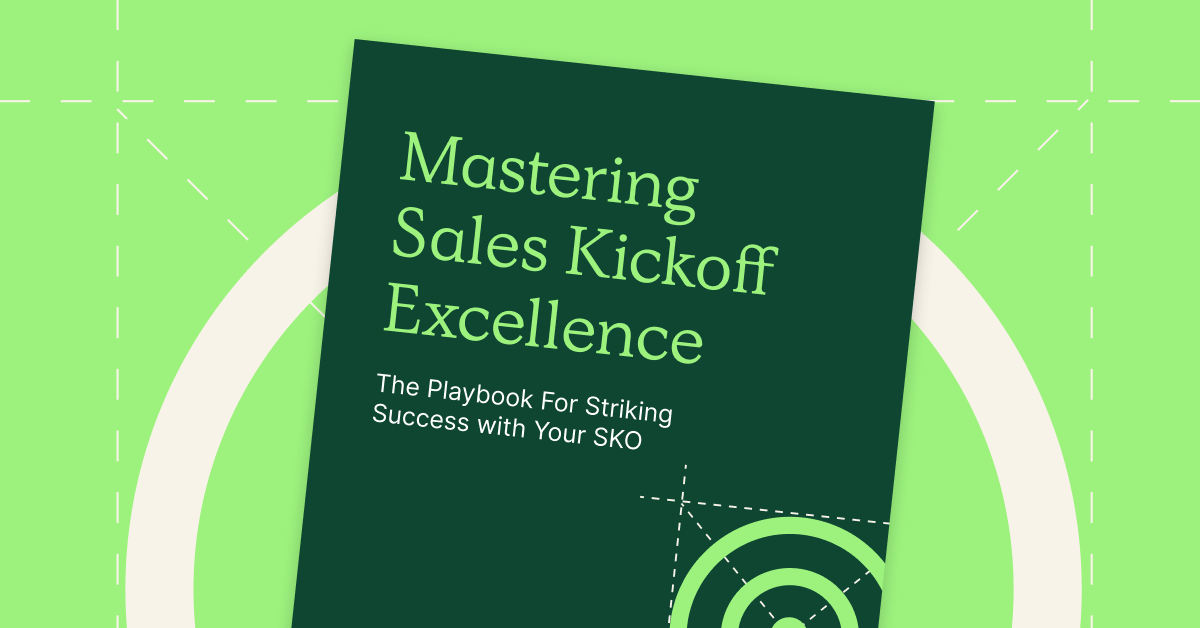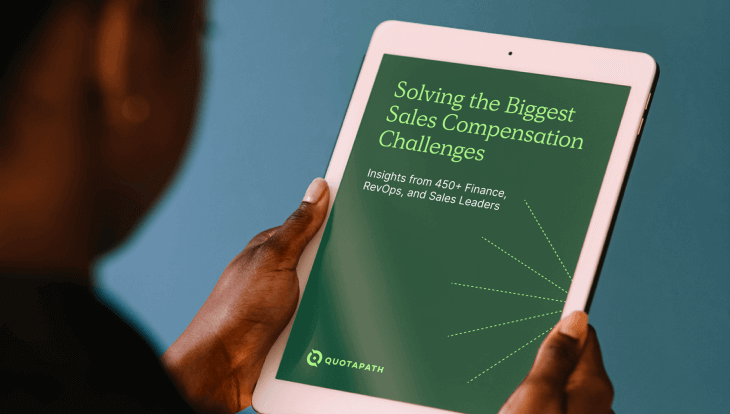A recent McKinsey study found that of employees surveyed, 40 percent said they will likely quit their jobs within the next three to six months. Two-thirds of that group said they’d dip without a job lined up.
In sales, an industry that experiences 27 percent higher turnover rates than the overall labor force, this shift to “up and leave” has been especially prevalent.
“Sales compensation plays a huge role in motivating, attracting, and retaining sellers,” QuotaPath’s VP of Sales and Customer Success Caroline Tarpey said, as moderator of the webinar.
But it’s not just about pay.
McKinsey’s research indicated employees crave a sense of purpose, belonging, and fulfillment in their professional paths.
In our webinar “Rethinking Sales Compensation Amid the Great Resignation,” Caroline asked three revenue leaders about the compensation trends they’ve found most valuable in today’s landscape.
Plus, Caroline and the panel explore other ways that sales leaders can foster work environments that align with what job seekers value most, like work-life balance and mental health support.
Before jumping in, meet our panelists:
- Briana Yarborough, Executive RevOps Leader, Fractional CXO and Advisor, Co-Founder CModel
- Lindsey Fine, VP of Sales, Dyspatch
- Graham Collins, Chief of Staff, QuotaPath
Sales compensations trends: Sign-on bonuses, draws, and MBOs
Briana said she’s noticed an uptick in companies offering sign-on bonuses to get new hires through the door.
Draws, too, have grown in popularity, as well as offering “management by objectives,” or MBOs. Examples of MBOs might include earning compensation for achieving a certification, completing a training, or working on a sales enablement project.
All of these support new hires, and give them an opportunity to reach their projected on-target earnings as they ramp.
(Timestamp: 16:50)
Other tactics: 4-day work week, promoting PTO, and setting minimum PTO guidelines
At Dyspatch, Lindsey said they are testing out a draw program and following a 4-day workweek.
“Outside of pure compensation, we’re looking at how we’re addressing employee burnout,” Lindsey said. “Our 4-day work week has been used in our recruiting conversations to ensure that they understand they’ll have a work-life balance here.”
(Timestamp: 19:44)
Sales compensation mechanics to drive performance: Accelerators
Graham’s key to driving and motivating reps: reward over performance.
“If you’re competing against offers of $400K, over performance components are really important here,” Graham said. “You earn 10 percent until you hit quota, then you hit 20 percent.”
Show candidates what the average rep makes. This should align with your advertised on-target earnings. Then show what they unlock upon breaking into new commission tiers.
“No sales rep thinks of themselves as average,” Graham said. “Accelerators are a real competitive advantage when it comes to hiring because you can show that when you overachieve you’re going to earn drastically more.”
This comes in handy as candidates compare your company’s OTEs versus another’s that may be significantly higher.
(Timestamp: 47:30)
For additional strategies to design a sales compensation plan fit for today’s hiring environment, check out the entire webinar. Additional topics the group explored include: compensation planning timelines, the pros/cons of making mid-year adjustments, and how to navigate conversations with candidates who come in asking for high OTEs.
We’re passionate about getting sales compensation right.
If your organization needs help strategizing a comp plan that aligns to business goals and drives positive sales behavior, book a time with Graham. He offers free, 30-minute compensation plan strategy calls.

